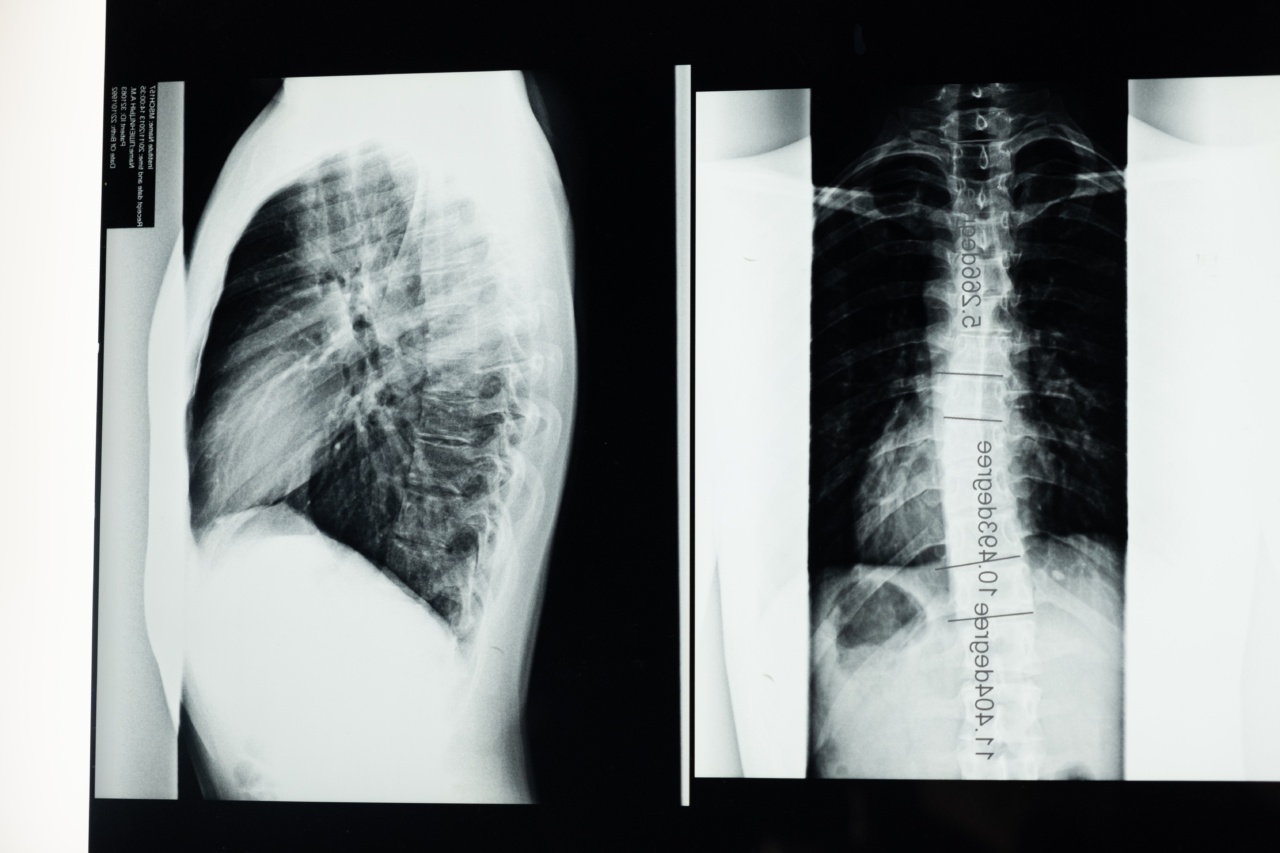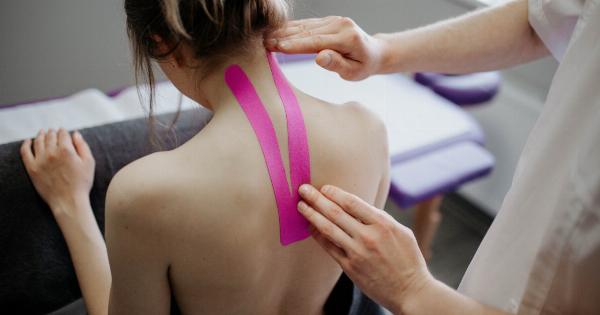Lordosis and scoliosis are two common disorders that affect the spine. Both conditions can cause discomfort, pain, and hinder your ability to go about your daily activities.
It is important to identify the symptoms of these disorders early on so that you can receive proper medical attention. In this article, we will discuss the signs of lordosis and scoliosis with the help of illustrations.
What is Lordosis?
Lordosis is a condition characterized by an excessive curvature of the spine. In a healthy spine, there are natural curves that help us maintain balance and flexibility. However, in lordosis, the curve of the spine is exaggerated.
When viewed from the side, the spine appears to have an inward curvature in the lower back region. This condition is also known as swayback, as it gives the appearance that the person is leaning backward.
Lordosis is mainly seen in women who have large breasts or a protruding abdomen, as this puts additional pressure on the spine. It may also occur in athletes who perform sports that require hyperextension of the lower back, such as gymnastics.
Some symptoms of lordosis include:.
- Lower back pain
- Muscle spasms in the lower back
- Tightening of the hamstrings
- Difficulty standing up straight
- Difficulty in performing physical activities

What is Scoliosis?
Scoliosis is a condition characterized by an abnormal curvature of the spine. Instead of the spine being straight, it curves to one side, resulting in an “S” or a “C” shape.
This condition can affect people of all ages, but it is most commonly diagnosed in children and adolescents. Scoliosis can be mild, moderate or severe, and it can lead to discomfort or pain, and affect breathing and heart function.
The causes of scoliosis are not fully understood, but it is believed to be primarily caused by genetic factors. Other causes may include birth defects, neurological disorders, and muscle disorders.
Some symptoms of scoliosis include:.
- Uneven shoulders
- Uneven waistline
- One hip appears higher than the other
- Difficulty standing up straight
- Pain or discomfort in the back

How to Diagnose Lordosis and Scoliosis
If you suspect that you may be suffering from lordosis or scoliosis, it is important to visit a healthcare professional who can conduct a thorough examination of your spine.
Your doctor will ask you about your medical history and perform a physical examination. They may also order imaging tests, such as X-rays, CT scans or MRI scans to get a better view of the curvature of your spine.
The severity of lordosis or scoliosis can vary depending on the degree of curvature. A mild curvature may not require any treatment, while a severe curvature may require surgery to correct the condition.
Treatment for Lordosis and Scoliosis
The treatment of lordosis and scoliosis varies depending on the degree of curvature and the underlying cause of the condition. Treatment may include:.
- Physical therapy to strengthen the muscles of the back and abdomen
- Bracing to prevent the curve from worsening
- Pain medication to ease discomfort
- Surgery to correct the curve of the spine
Your doctor will recommend the best course of treatment for your individual needs.
Preventing Lordosis and Scoliosis
While it may not be possible to prevent lordosis or scoliosis from occurring, there are steps you can take to reduce your risk. These include:.
- Maintaining good posture while standing or sitting
- Performing regular exercise to strengthen the muscles of the back and abdomen
- Avoiding carrying heavy bags or backpacks
- Warming up before performing physical activity
- Practicing good lifting techniques
Conclusion
Lordosis and scoliosis are two conditions that affect the spine and can cause discomfort and pain. By identifying the signs early and seeking medical attention, you can receive proper treatment for your condition.
Remember to practice good posture and exercise regularly to reduce your risk of developing lordosis or scoliosis.































